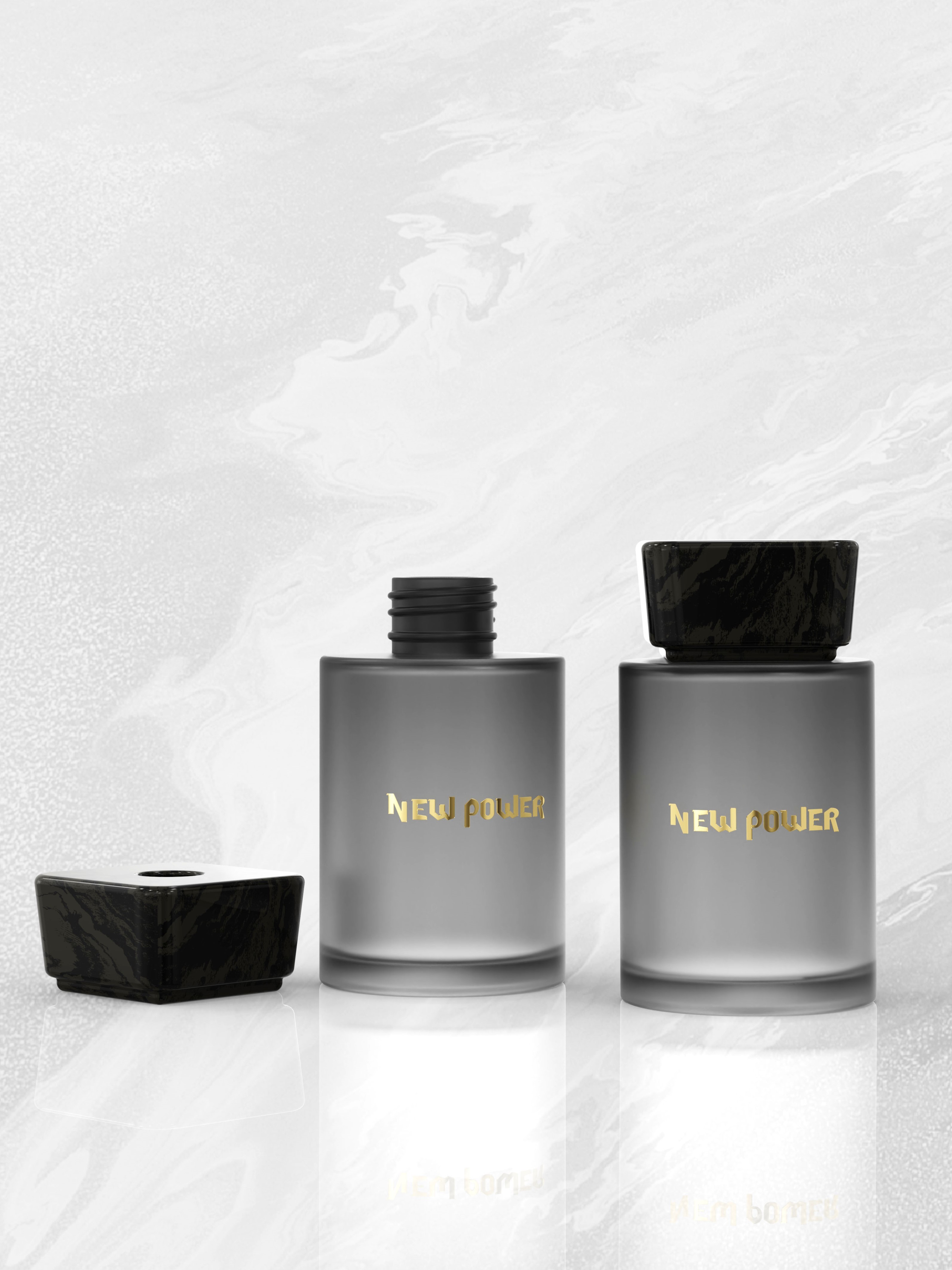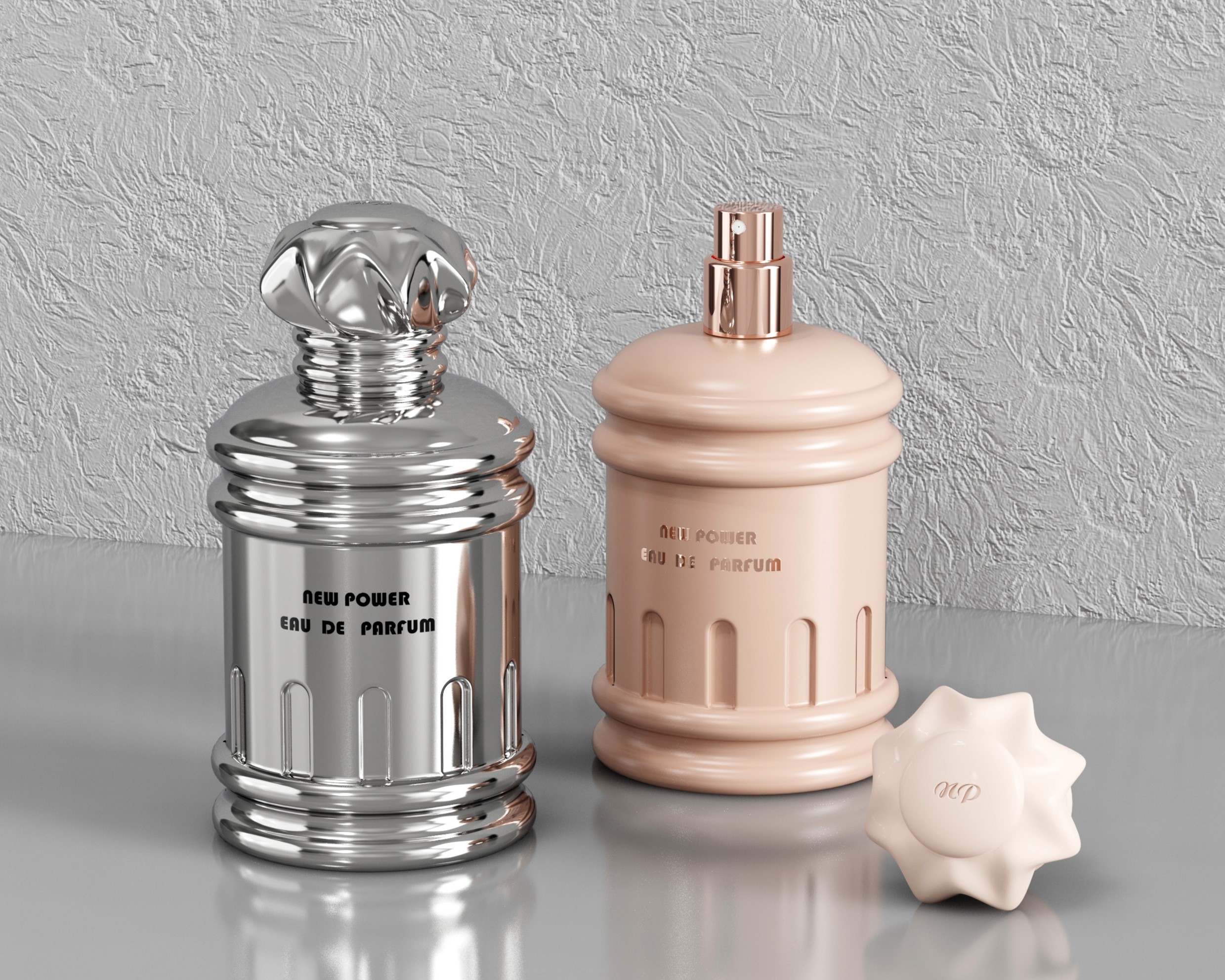Garden in Bottle: the alchemy of time in the production of perfume
Time:
2025-08-01
Garden in Bottle: the alchemy of time in the production of perfume
At four o'clock in the morning in the French Grasse rose field, flower farmers are picking Venetian roses before the dew sets. These petals with morning mist and moisture must be sent to the distillery within three hours, or the sun will evaporate the fleeting sweetness - this is the most rigorous beginning of the perfume production process, and every drop of essential oil is condensed with respect to time and nature.
The soul of perfume begins with the refining of raw materials. Distillation is the oldest extraction process. In a copper still, roses dance with pure water on fire, and steam carries fragrant molecules through a condenser. The dripping liquid is separated to obtain precious rose essential oil. Only 1 milliliter of essential oil can be extracted from every 3000 roses, no wonder perfumers refer to it as' liquid gold '.
For delicate jasmine flowers, the solvent extraction method is more suitable. Petroleum ether gently wraps around the petals, completely peels off the aroma molecules, and forms amber colored resin. Then, it is washed with alcohol to obtain a clean oil, retaining the most delicate layering of the flowers.
When various ingredients turn into clear essential oils, perfumers begin a symphony of olfactory composition. In the studio of top perfumers, hundreds of bottles and jars with mysterious labels are neatly arranged. The richness of sandalwood, the earthy scent of patchouli, and the bright sweet and sour taste of citrus are dismantled and reassembled in their hands. The top note is like the overture of the music. Citrus essential oils are often used to create the first encounter of amazement; Middle note is the core of perfume, where rose, jasmine and other flower fragrance bloom as the main melody; The final note is a lingering aftertaste, with musk and woody aromas that can linger on the skin for several days.
The balance of these three structures tests the perfumer's precise control over the scent, just like a conductor stirring thousands of notes to ultimately compose a harmonious olfactory poem.
Aging is the silent practice before the birth of perfume. The mixed spices and alcohol solution are placed in dark copper jars and slept in a constant temperature and humidity cellar for months or even years. Time will soften the sharp aroma, allowing various spice molecules to deeply blend together, just like aged wine that becomes more mellow. In the 18th century, perfumers found that the aroma stability of aged perfume was far more stable than that of the finished product prepared in real time. This tradition continues to this day, and it has become an insurmountable process for top perfume.
The final bottling process also harbors mysteries. The curvature of the crystal bottle body needs to undergo airflow testing to ensure that the aroma molecules are not easily evaporated; The pressure of the nozzle is precise to 0.1 pascals, ensuring that each press releases an equal amount of fragrance. When amber liquid is injected into the bottle, it seems that the four seasons of the whole garden have been sealed - this is the ultimate magic of perfume production technology, making the fleeting beauty become an eternal olfactory memory.





